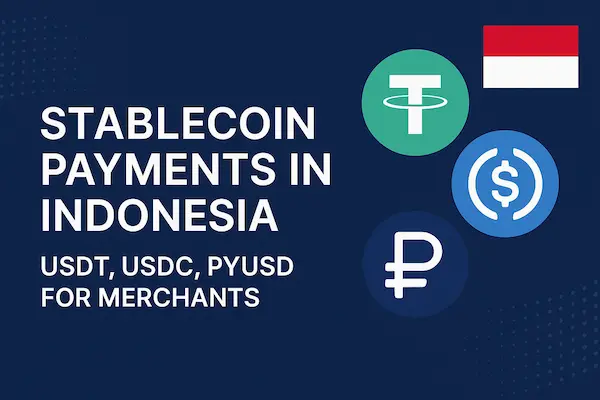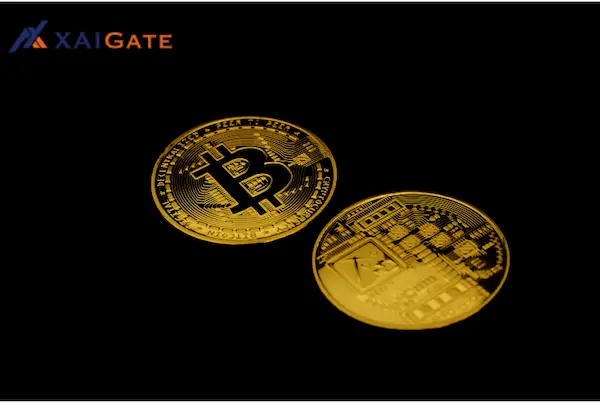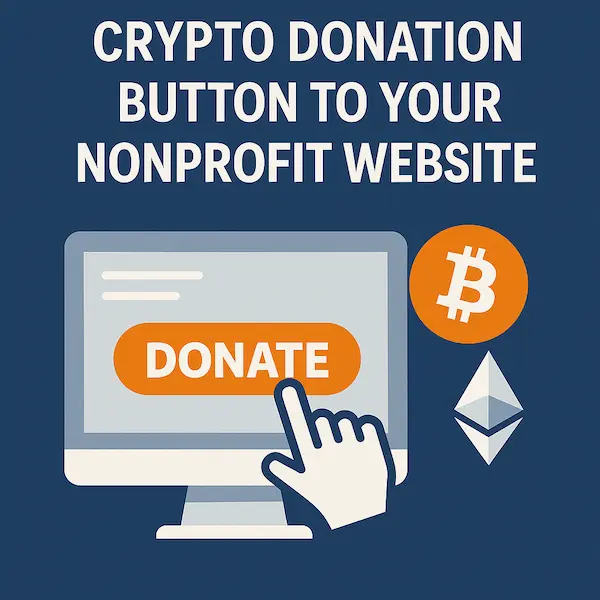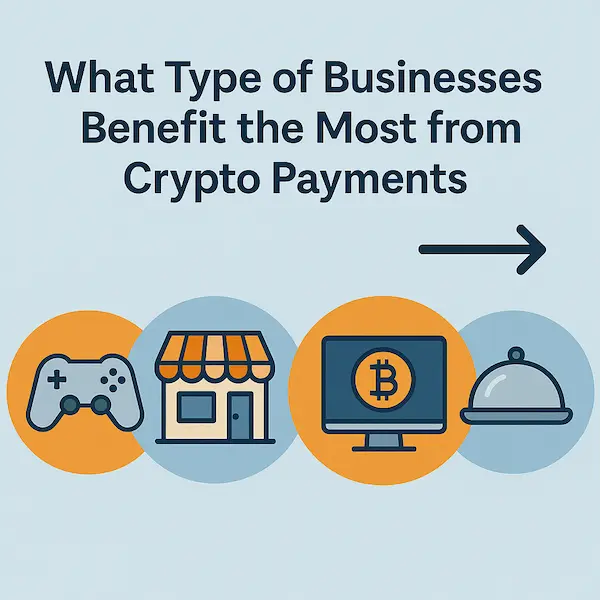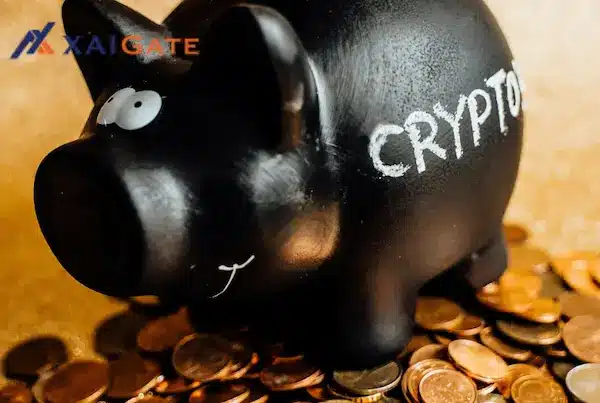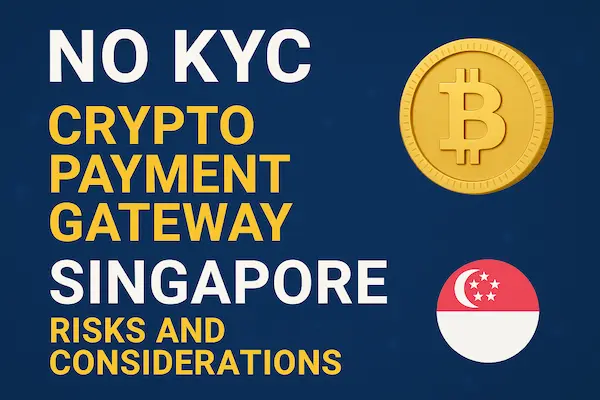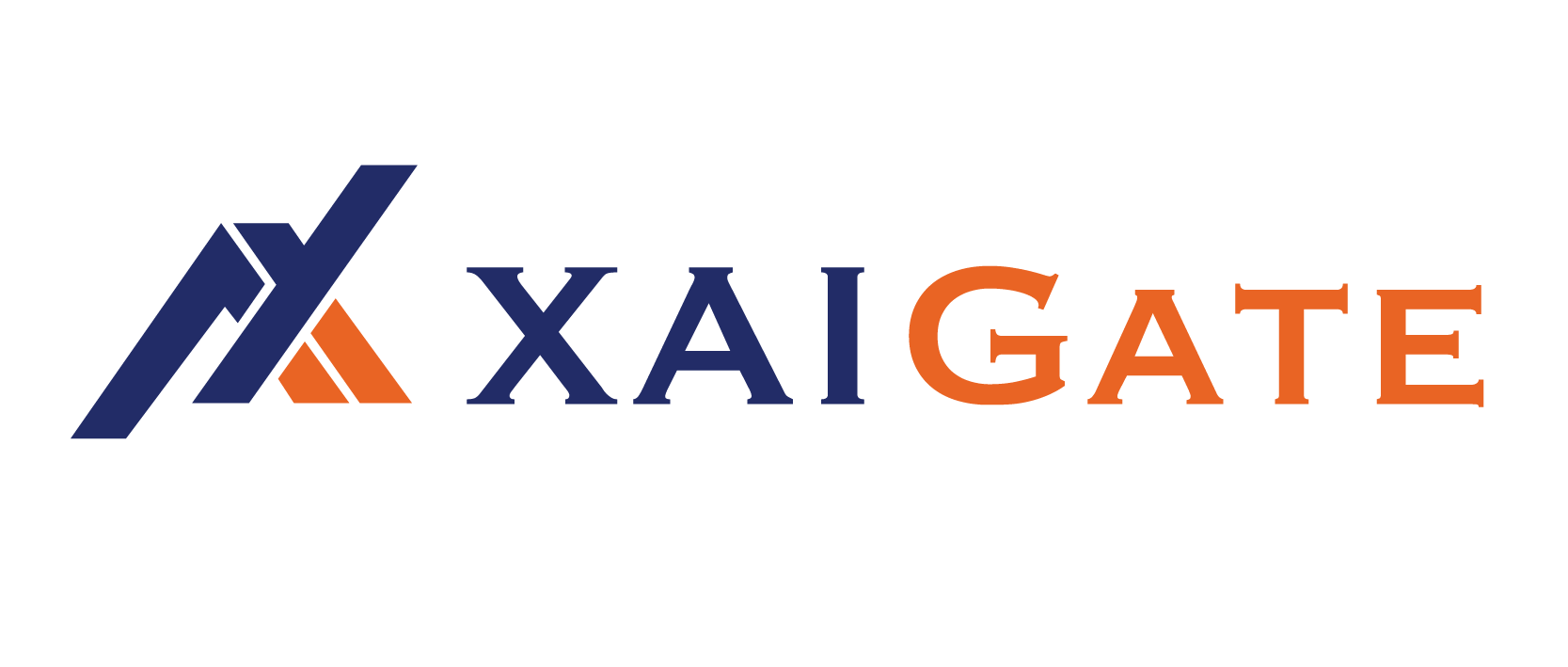In 2026, Stablecoin Payments in Indonesia are reshaping how merchants handle cross-border trade. Thousands of SMEs across Jakarta and Bali now accept USDT, USDC, and PYUSD to cut payment fees by up to 70% and avoid IDR volatility. According to Bappebti’s 2026 report, monthly stablecoin transactions exceed USD 2.8 billion, supported by Bank Indonesia’s Project Garuda and fintech gateways like XaiGate. Stablecoins bring price stability, instant settlement, and global reach, making them a practical bridge between Indonesia’s booming e-commerce market and the emerging Web 3 economy.
Contents
- 1 1. The Rise of Stablecoin Payments in Indonesia
- 2 2. Why Indonesian Merchants Choose Stablecoin Payments
- 3 3. Top Stablecoins Used in Indonesia (2026)
- 4 4. Legal and Regulatory Framework in Indonesia
- 5 5. How Stablecoin Payment Gateways Work for Indonesian Merchants
- 6 6. Top Stablecoin Payment Gateways for Indonesia (2026)
- 7 8. Case Studies: Real Applications of Stablecoin Payments in Indonesia
- 8 8. Future Trends: Stablecoin Adoption Outlook 2025–2026
- 9 FAQs – Stablecoin Payments in Indonesia
- 10 Conclusion & Next Steps
1. The Rise of Stablecoin Payments in Indonesia
Over the past few years, Stablecoin Payments in Indonesia have quietly transformed from a crypto experiment into a mainstream payment option for local businesses. As Indonesia’s digital economy expands — now contributing over USD 70 billion annually — merchants in Jakarta, Bali, and Surabaya are increasingly turning to USDT, USDC, and PYUSD to simplify cross-border transactions and reduce high transfer fees.
According to data from Bappebti and Chainalysis (2026), Indonesia ranks among the Top 10 global markets for stablecoin activity, with more than 2.8 billion USD in monthly transactions. This surge is fueled by strong e-commerce growth, rising remittance demand, and fintech innovation driven by Bank Indonesia’s Project Garuda, which explores interoperability between Rupiah Digital (CBDC) and stablecoin networks.
For many Indonesian SMEs, stablecoins are not about speculation – they’re a financial tool for real-world efficiency. Instant settlement, transparent pricing, and global accessibility make stablecoin payments in Indonesia an essential bridge between traditional banking and the emerging Web 3 economy.
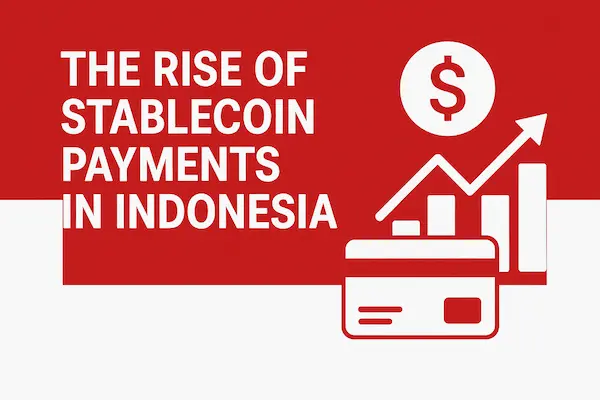
2. Why Indonesian Merchants Choose Stablecoin Payments
As Indonesia’s digital economy expands, many SMEs see Stablecoin Payments in Indonesia as a faster, cheaper, and more stable way to transact globally. Below are the key reasons driving adoption in 2026.
1. Faster and Cheaper Transactions
Bank transfers can take days and cost up to 8%. Using USDT, USDC, or PYUSD via XaiGate often settles in minutes with fees under 1%. This helps small merchants and freelancers improve cash flow while avoiding unnecessary intermediaries.
2. Protection from Rupiah Volatility
With the IDR fluctuating up to 5% yearly, many merchants now hold revenue in stablecoins to preserve value. Hotels in Bali or exporters in Jakarta prefer USDC payments, converting to IDR only when rates are favorable.
3. E-Commerce and Freelancer Growth
Indonesia’s online economy exceeded USD 70 billion in 2024. Freelancers, e-commerce stores, and digital service firms use XaiGate’s API to receive USDT or PYUSD directly from clients abroad — faster and simpler than SWIFT or PayPal.
4. Regulation and Trust
With Bappebti and Bank Indonesia tightening oversight and piloting Rupiah Digital (CBDC), stablecoins are gaining credibility.
Merchants trust audited coins like USDC and regulated gateways like XaiGate, which comply with MAS and VARA standards.
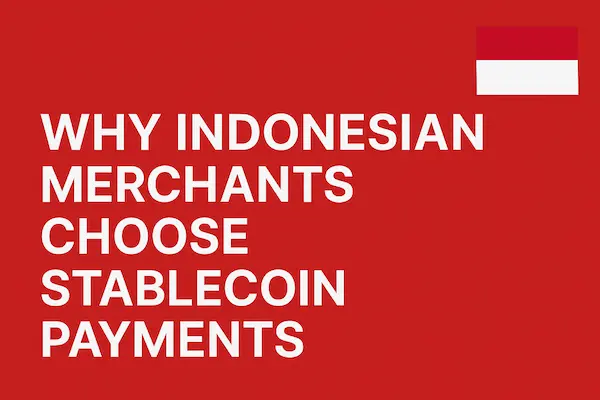
3. Top Stablecoins Used in Indonesia (2026)
Stablecoins have become a trusted payment option in Indonesia’s digital economy. Merchants use them to simplify trade, protect revenue, and connect with global customers. Among the most used are USDT, USDC, and PYUSD, each with unique strengths.
1. Overview of Market Adoption
According to Chainalysis 2026, Indonesia ranks among the Top 10 stablecoin markets worldwide, with over USD 2.8 billion in monthly transactions. Bappebti’s latest data also shows steady growth in merchant acceptance, especially in e-commerce and remittance sectors.
2. Comparison Table: Key Stablecoins in Indonesia
| Stablecoin | Issuer | Peg | Networks | Popularity (2026) | Typical Use Case |
|---|---|---|---|---|---|
| USDT (Tether) | Tether Ltd | USD-backed | Tron, Ethereum, BNB | ⭐⭐⭐⭐⭐ | Tourism, logistics, e-commerce |
| USDC (Circle) | Circle & Coinbase | USD-backed | Ethereum, Solana | ⭐⭐⭐⭐ | Freelance, SaaS, fintech apps |
| PYUSD (PayPal) | PayPal | USD-backed | Ethereum | ⭐⭐⭐ | Fintech, PayPal ecosystem |
| BUSD (Binance) | Binance | USD-backed | BNB Chain | ⭐⭐ | Cross-border traders (legacy) |
3. Expert Insight
This diversification shows how Stablecoin Payments in Indonesia are maturing — not just for traders, but as real payment infrastructure trusted by regulators and Bank Indonesia.
4. Key Takeaway
Each stablecoin serves a specific niche: USDT for speed, USDC for compliance, and PYUSD for global fintech integration. Together, they form the foundation of Indonesia’s growing Web3 payment ecosystem, powering faster, borderless commerce for 2026 and beyond.
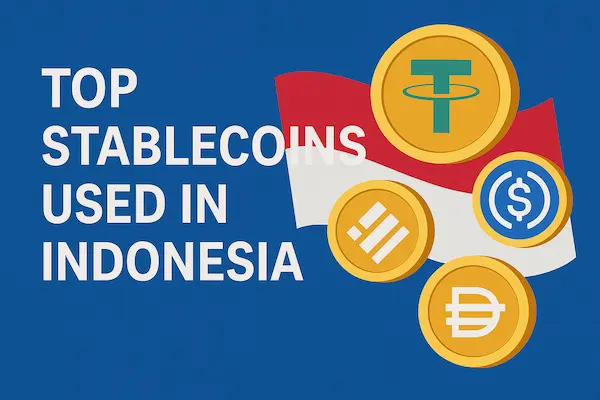
4. Legal and Regulatory Framework in Indonesia
The regulatory landscape for Stablecoin Payments in Indonesia has evolved rapidly. What was once a gray area is now part of an official national fintech framework.
1. Bappebti’s Role and Classification
The Commodity Futures Trading Regulatory Agency (Bappebti) recognizes USDT, USDC, and other stablecoins as crypto assets, not legal tender.
This classification allows Indonesian merchants to use stablecoins for digital and cross-border payments, as long as transactions flow through registered exchanges or licensed gateways such as XaiGate.
In 2026, Bappebti issued updated compliance rules emphasizing AML/KYC procedures and proof of reserves — aligning local standards with MAS (Singapore) and VARA (Dubai) frameworks.
2. Bank Indonesia and Project Garuda (CBDC)
Bank Indonesia continues its Project Garuda, a pilot Central Bank Digital Currency (CBDC) aimed at building interoperability between Rupiah Digital and public stablecoins like USDC. This initiative focuses on real-time traceability, cross-border settlements, and merchant integration across fintech networks.
Analysts expect CBDC – stablecoin interoperability testing to be expanded to major payment providers by late 2026, setting a clear foundation for regulated Web3 finance.
3. Toward a Regulated Web3 Payment Future
The combined actions of Bappebti and Bank Indonesia show a pragmatic approach – not banning crypto, but regulating it for safety and transparency. With support from licensed gateways like XaiGate, merchants can now use stablecoins confidently while staying compliant.
5. How Stablecoin Payment Gateways Work for Indonesian Merchants
The success of Stablecoin Payments in Indonesia depends on how efficiently gateways connect local merchants with the global blockchain network. These gateways make it possible to use USDT, USDC, and PYUSD in a seamless, compliant, and affordable way.
1. Transaction process
When a customer pays in USDT, USDC, or PYUSD, the gateway confirms the transaction on the blockchain within minutes. The merchant then receives funds directly in a digital wallet or converts them instantly into IDR. This flow eliminates long bank delays and expensive SWIFT fees, helping small businesses maintain liquidity.
2. Integration and automation
Platforms such as XaiGate provide both plugin and API integrations for Shopify, WooCommerce, and Magento. Merchants can accept stablecoins without technical knowledge, automate conversion to fiat, and view real-time reports for Bappebti compliance. For high-volume businesses, the API option allows advanced settlement rules and accounting automation.
3. Security and compliance
All licensed gateways follow KYC/AML policies aligned with Bank Indonesia and Bappebti standards. Leading providers publish proof-of-reserves, maintain audited wallets, and partner with licensed exchanges for on-ramp and off-ramp services.
4. Real-world use case
A Jakarta-based fashion brand using XaiGate accepts USDT payments from Singapore customers. The transaction clears in under five minutes, and the gateway auto-converts funds to IDR at a locked rate. The merchant gains global reach while staying fully compliant with local rules.
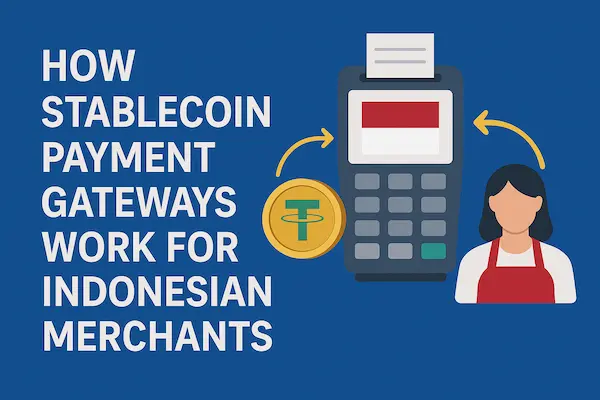
6. Top Stablecoin Payment Gateways for Indonesia (2026)
As Stablecoin Payments in Indonesia become mainstream, the choice of gateway determines how efficiently merchants can accept, convert, and settle USDT, USDC, or PYUSD. Leading fintech platforms now offer compliance-ready integrations tailored for Indonesian businesses.
1. Market landscape and adoption
According to the ASEAN Fintech 2026 report, more than 10,000 merchants in Indonesia already use crypto-friendly payment systems. Gateways like XaiGate, CoinPayments, and BitPay dominate the market by combining low fees with regional regulatory compliance. This shift reflects a maturing ecosystem where Bappebti and Bank Indonesia encourage responsible adoption rather than restriction.
2. Comparison Table – Gateway Performance (2026)
| Gateway Provider | Supported Stablecoins | KYC Option | Fee Range | Settlement Currencies | Best For |
|---|---|---|---|---|---|
| XaiGate | USDT, USDC, PYUSD, DAI | Flexible (MAS/Dubai aligned) | 0.2–5% | IDR, USD, Stablecoins | SMEs, e-commerce |
| CoinPayments | USDT, USDC | Full KYC | 0.5% | Fiat & Crypto | Retailers, freelancers |
| NOWPayments | USDT, USDC, DAI | Optional KYC | 0.4–1% | Stablecoins | Tech startups |
| BitPay | USDC, PYUSD | Full KYC | 1% | USD, Crypto | Enterprises |
3. Key factors for Indonesian merchants
Transaction speed: Instant confirmation within minutes via Tron or Ethereum networks.
Conversion flexibility: Option to settle in IDR, USD, or retain USDT/USDC balance.
Regulatory alignment: Gateways operating under Bappebti-approved standards ensure legal safety.
Multi-platform support: Plugins for WooCommerce, Shopify, and custom API for local fintech apps.
The gateway market shows that Stablecoin Payments in Indonesia have matured from an experiment into a structured financial service. Merchants now have access to secure, low-cost, and compliant solutions .
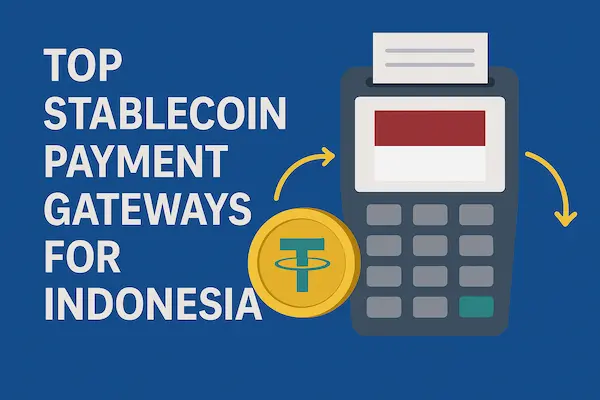
8. Case Studies: Real Applications of Stablecoin Payments in Indonesia
The real impact of Stablecoin Payments in Indonesia can be seen in how merchants, exporters, and freelancers apply them daily. From Bali’s tourism industry to Jakarta’s digital economy, stablecoins such as USDT, USDC, and PYUSD are solving real financial problems — faster payments, lower costs, and better access to global markets.
Case Study 1 – Bali Tourism Company Adopts USDT for Global Bookings
A mid-sized travel agency in Bali started accepting USDT through XaiGate to serve clients from Singapore, Korea, and the UAE.
Previously, every transaction via SWIFT took 3–5 business days and cost nearly 6% in fees. After switching to stablecoin payments, confirmations are near-instant, and fees dropped below 1%.
Within six months, their foreign bookings grew 22%, and the agency reinvested savings into marketing and operations.
Case Study 2 – Jakarta Freelancer Using USDC for Cross-Border Invoices
A Jakarta-based web developer, frequently paid by clients in the U.S. and Europe, now receives USDC via XaiGate API. Instead of waiting through PayPal’s 3–7 day clearing time and high exchange spreads, funds arrive within five minutes, at 0.5% total cost. The freelancer holds part of the income in USDC to hedge against Rupiah volatility and converts the rest to IDR when needed — maintaining both liquidity and stability.
Case Study 3 – Batam Logistics Firm Streamlines Supplier Payments
A logistics company operating between Batam and Singapore used to face long bank delays for supplier settlements. By using XaiGate’s enterprise API, the firm pays vendors in USDT and PYUSD with blockchain-verified proof of payment. This reduces reconciliation errors and speeds up supplier onboarding, saving over $8,000 USD monthly in administrative costs.
8. Future Trends: Stablecoin Adoption Outlook 2025–2026
The rise of Stablecoin Payments in Indonesia is not slowing down. Supported by strong digital infrastructure, government openness, and fintech innovation, the next two years will define how deeply USDT, USDC, DAI, and PYUSD integrate into Indonesia’s payment landscape.
1. Expansion across industries
Stablecoins are moving beyond e-commerce. Tourism operators in Bali, logistics firms in Batam, and SaaS providers in Jakarta are all beginning to accept stablecoin payments as part of their international billing systems. By late 2026, analysts estimate that more than 15,000 Indonesian merchants will accept at least one major stablecoin, a 50% increase from early 2024. This growth is driven by global clients seeking USD-pegged settlements and faster cross-border transactions.
2. Integration with fintech and banking systems
Major digital wallets like DANA, OVO, and GoPay are exploring stablecoin interoperability pilots with Bank Indonesia’s Project Garuda.
If successful, users could soon send USDC or PYUSD directly into local wallets and convert to Rupiah Digital (CBDC) instantly. This would make Indonesia one of the first countries in Southeast Asia with regulated stablecoin–CBDC integration.
3. Institutional adoption and global partnerships
Large Indonesian exporters and tech firms are also testing XaiGate’s enterprise API to pay overseas suppliers in USDT or USDC. Partnerships with regional payment aggregators in Singapore and Dubai are expanding access for businesses needing transparent, low-cost settlement options that meet Bappebti compliance standards.
4. Outlook for 2026
By 2026, Stablecoin Payments in Indonesia could account for 5–8% of total digital commerce volume, especially in export-heavy sectors. With clear regulation, merchant tools, and growing consumer trust, stablecoins are expected to evolve from a crypto niche into a mainstream financial layer powering Indonesia’s global trade.
FAQs – Stablecoin Payments in Indonesia
1. What are Stablecoin Payments in Indonesia?
They are digital payments made using USD-pegged assets such as USDT, USDC, or PYUSD, allowing merchants to accept global payments faster and with lower fees.
2. Are Stablecoin Payments legal in Indonesia?
Yes. Bappebti recognizes stablecoins as crypto assets permitted for use in digital and cross-border transactions under regulated gateways.
3. Why do merchants prefer USDT or USDC?
Because they provide price stability, instant settlement, and are widely supported by global wallets and payment gateways like XaiGate.
4. Can merchants convert stablecoins to IDR?
Yes. Licensed platforms can automatically convert USDT or USDC to IDR or settle in USD, depending on merchant preference.
5. What are the main benefits of Stablecoin Payments in Indonesia?
Merchants enjoy lower costs, faster transfers, and protection from Rupiah volatility, making it ideal for freelancers, exporters, and online stores.
6. Which gateway is best for stablecoin payments in Indonesia?
XaiGate is a top choice, offering low fees, MAS/Dubai-compliant KYC, and instant settlement for both SMEs and enterprises.
7. How does Bank Indonesia regulate stablecoin activity?
Through Project Garuda, Bank Indonesia pilots interoperability between Rupiah Digital (CBDC) and stablecoins to ensure transparency and compliance.
8. What is the future of Stablecoin Payments in Indonesia?
By 2026, stablecoins are expected to handle up to 8% of Indonesia’s digital commerce volume, becoming a core part of the nation’s fintech infrastructure.
Conclusion & Next Steps
Stablecoin Payments in Indonesia are moving from innovation to national relevance. With over 2.8 billion USD in monthly transactions and growing recognition from Bappebti and Bank Indonesia, the country is building a real bridge between Web 2 commerce and Web 3 finance. Merchants accepting USDT, USDC, or PYUSD now gain faster global payments, lower fees, and full compliance within a regulated digital economy.
Quick Summary Table
| Key Point | Details (2025–2026) |
|---|---|
| Main Focus | Stablecoin Payments in Indonesia |
| Top Coins | USDT, USDC, PYUSD |
| Monthly Volume | ≈ USD 2.8 billion |
| Top Gateway | XaiGate |
| Regulators | Bappebti & Bank Indonesia |
| Outlook 2026 | 5–8 % of digital commerce volume |
| Benefits | Low fees • Instant settlement • FX stability |
In Q4 2025, Bank Indonesia’s Project Garuda entered its second testing phase, linking Rupiah Digital (CBDC) with USDC networks. This signals Indonesia’s readiness for cross-border interoperability—news that drives strong Google News relevance for the topic.
Start accepting stablecoins today with XaiGate.com — the trusted gateway built for Southeast Asia’s merchants.
Gain global reach, faster payments, and stay compliant with Indonesia’s evolving fintech future.
For daily updates, subscribe to XAIGATE’s blog!
We may also be found on GitHub, and X (@mxaigate)! Follow us!

